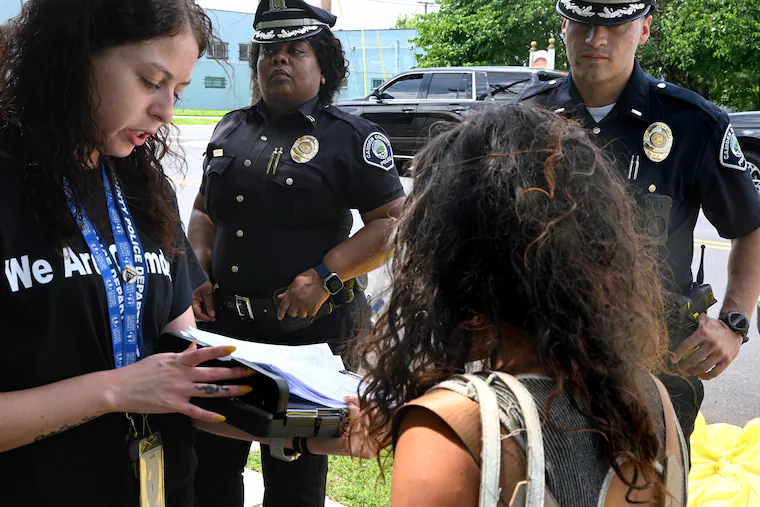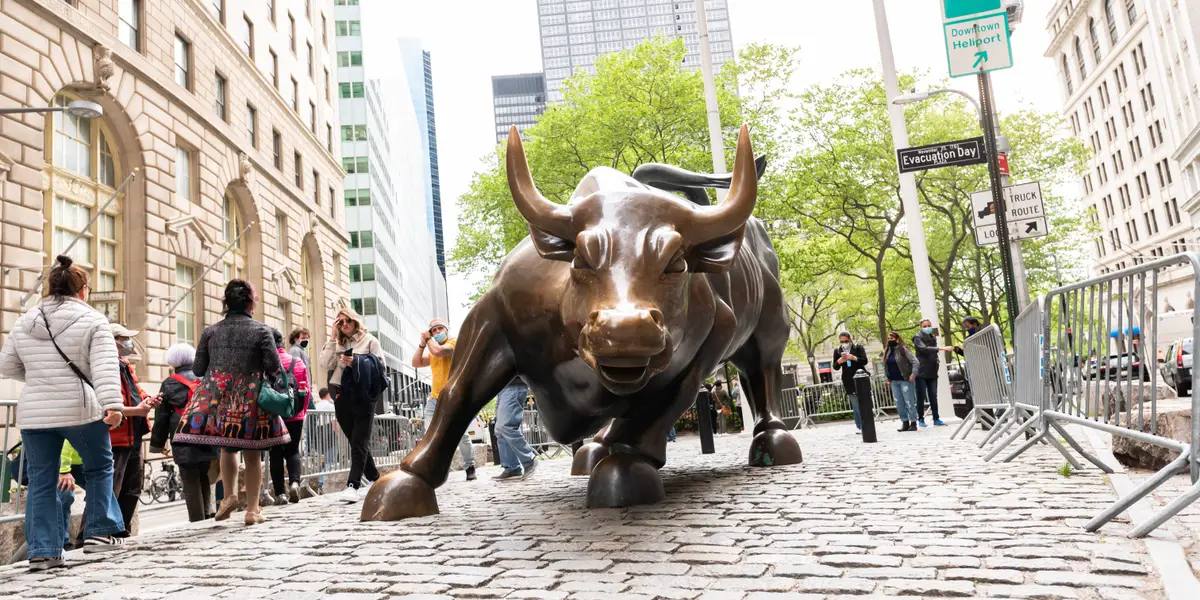Camden had zero homicides this summer. City and county leaders credit the 2013 disbandment of its police department.

Camden, considered one of the most dangerous cities in the country just over a decade ago, experienced zero homicides this summer, with violent crime reaching a 50-year low.
As of Monday, homicides were down 43% compared with this time last year.
The benchmark is in line with what cities like Philadelphia, Baltimore, and Detroit are experiencing, following spikes in violence during the COVID-19 lockdowns. For those cities, the reasons behind the decline in homicides can be difficult to pin down.
But in Camden, which officials said did not experience a drastic surge in homicides and violent crime during the pandemic, officials and grassroots groups see the marked reduction in violent crime as the result of a decision to take a multipronged approach to addressing violence that started with the controversial disbanding of its city police department in 2013.
The proposal to create a countywide police department was a novel one that met with opposition from the police officers who had to reapply for their jobs and a coalition of residents who wanted the public to vote on the matter. Still, the measure was able to garner enough buy-in from residents and across the political spectrum, including then-Gov. Chris Christie, then-State Sen. Donald Norcross, and his brother, Democratic power broker George Norcross.
A decade later, Commissioner Director Louis Cappelli Jr., one of the architects of the move, credits police as the “main reason” for the decline in homicides.
“The residents of the city no longer fear the police department, as they did when it was a city department,” Cappelli said. “They now look at our officers as partners. They look at our officers as people they can rely on for safety.”
N’namdee Nelson, director of the grassroots group Rising Leaders Global, described the relationship between police and residents as more than just lip service. Police officers can be found at pop-up barbecues, playing pickup basketball with young people, or participating in service activities, he said. Nelson said being able to see police as “someone who you can talk to and someone who’s not just there to put handcuffs on you” makes a big difference in how people in the community operate when they fall victim to crime or witness it.
Camden County Police Capt. Vivian Coley said friendly police appearances serve a dual purpose.
“We’re popping up in any location where there’s an uptick in crime, we’re making ourselves available,” she said.
Yet police say they are not doing it alone. To reduce recidivism and address the root causes of crime, they are working with social workers and the Camden City School District to connect residents to an assortment of services. Last year, the city announced a new $300,000 truancy program funded by local groups such as the Rowan-Rutgers Joint Board of Governors. At-risk youth are sent to the local 12-month Hopeworks program, which aims to connect its graduates with gainful employment.
Despite the 64% decline in homicides since 2014 — the new department’s first full year in operation — and then-President Barack Obama lauding the reforms during a visit in 2015, the remarkable turnaround in police relations has not come without its critics.
The Camden chapter of the NAACP has taken issue with police reliance on surveillance cameras — the department launched a new drone program this month. Other activists, meanwhile, have criticized the department for not being diverse enough. City and county leaders have often pushed back. Police say residents often ask for the well-placed cameras as deterrents and attribute higher arrest rates to the use of technology. Seven of the eight homicides in 2025 have led to arrests, according to the county.
As far as diversity is concerned, county leaders and police say past state civil-service restrictions that limited hiring capabilities are to blame.
Policing and everything else
Though a change in approaches to policing is seen as the main driver of the decade-long drop in homicides, city and county leaders say investments in violence prevention programs, so-called third places, and general infrastructure have also played a role in reducing violence.
Camden Mayor Victor Carstarphen said in the last five years the city and county have invested $100 million in parks and repaved about 300 streets, while maintaining an S&P Global “A” bond rating. Carstarphen said these efforts combined make for a safer and better Camden.
But just this May, Carstarphen was denouncing the Trump administration’s decision to cancel $3 million in funds that went to violence intervention programs.
While funding is always a concern when it comes to these sorts of programs, Camden’s mayor and other leaders vowed not to let federal cuts get in the way of their momentum.
“We just have to continue to control what we can control,” he said. “Being in the community, utilizing other resources and partnerships, collaborations with other organizations.”
For backers of the 2013 police overhaul, the homicide-free summer is proof that the multifaceted approach to tackling violence is working. People like Cappelli are cheering the milestone, but only for a moment.
“The residents deserve as much safety as any other resident of Camden County, and to now be able to say that many of the neighborhoods in Camden City were as safe as a neighborhood in Cherry Hill or Winslow or Voorhees brings me a great deal of pleasure,” he said.
Come next year, he hopes the county can announce new affordable and market-rate housing, which is possible only with a safer city.



